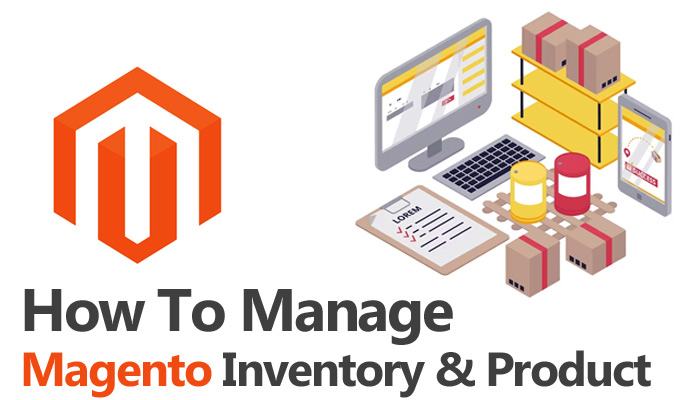How to effectively manage and organize your Magento store’s inventory and products.
As an e-commerce business owner, managing and organizing your Magento store’s inventory and products is a critical aspect of your business. Effective inventory and product management can help you increase sales, reduce costs, and improve customer satisfaction. In this article, we will discuss how to effectively manage and organize your Magento store’s inventory and products.
E-commerce Inventory Management
Inventory management is a critical aspect of e-commerce business operations. Effective inventory management involves tracking your inventory, setting up stock-level alerts, and regularly auditing your inventory.
When managing your inventory, consider using third-party inventory management software to sync your inventory across multiple channels. You should also consider using product bundling and kits to improve your inventory management.
1. Magento Inventory Management
Magento has a built-in inventory management system that can help you track your stock levels and manage your inventory efficiently. To use this feature, go to System > Configuration > Catalog > Inventory. Here, you can set up stock options, manage stock levels, and enable stock level alerts.
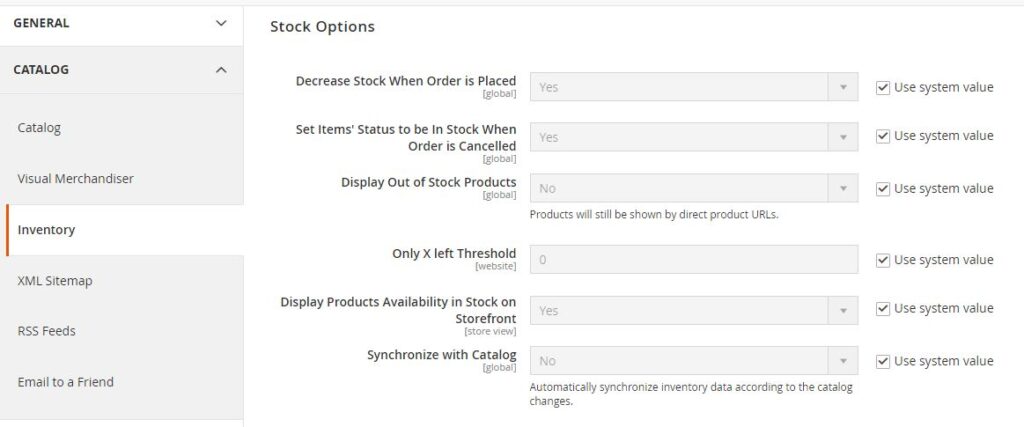
Setting up stock options allows you to determine how Magento handles products that are out of stock. You can choose to allow backorders, which will allow customers to purchase products that are out of stock, or you can choose to prevent customers from purchasing out-of-stock products.
Managing stock levels is crucial to avoid running out of stock and losing sales. You can manually update stock levels in Magento or use third-party inventory management software to sync your inventory across multiple channels.
Enabling stock level alerts will notify you when a product’s stock level reaches a certain threshold. This can help you restock popular products and avoid running out of stock.
2. Inventory Tracking
Tracking your inventory is essential to avoid stockouts and overstocking. Magento’s inventory management system can help you keep track of your stock levels, but you can also use third-party inventory management software to sync your inventory across multiple channels.
When tracking your inventory, consider setting up a system to monitor sales velocity, which is the rate at which your products sell. This can help you identify slow-moving products and make informed decisions about what to do with them.
3. Inventory Auditing
Regularly auditing your inventory is essential to identify slow-moving or obsolete products and make informed decisions about what to do with them. An inventory audit involves physically counting your products and comparing the results to your inventory records.
When conducting an inventory audit, be sure to follow best practices to ensure that your results are accurate. For example, you should conduct your audit during off-peak hours to avoid disrupting your business operations.
4. Stock Level Alerts and Notifications
Setting up automated alerts when inventory levels reach a certain threshold can help you avoid running out of stock and losing sales. Magento’s inventory management system allows you to set up stock level alerts for each product.
When setting up stock level alerts, consider the lead time it takes to restock a product. You should also consider the sales velocity of the product to determine the appropriate stock level threshold.
5. Streamlined Inventory Management
Streamlined inventory management involves using efficient and effective strategies to manage your inventory and reduce costs. This includes using third-party inventory management software, setting up stock level alerts, and regularly auditing your inventory.
When streamlining your inventory management, consider using product bundling and kits to move slow-moving products and reduce overstocking. You should also consider using data analysis tools to identify trends and make informed decisions about your inventory.
E-commerce Efficient Product Management
Magento Product Management refers to the process of managing and maintaining products within a Magento eCommerce platform. This includes adding new products, updating existing products, creating product categories, setting attributes and options, managing inventory levels, and ensuring accurate product information and pricing. Effective product management is important for optimizing the customer experience, increasing sales, and improving overall business performance.
1. Magento Product Management
Magento offers a range of features and tools to help you manage your products effectively. This includes product categorization, product attributes, and the product import/export feature.
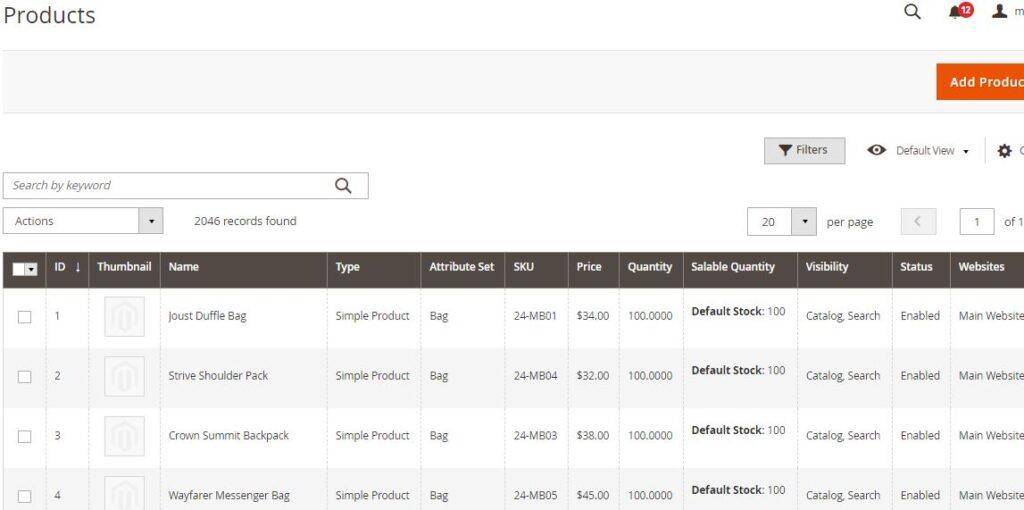
When managing your products in Magento, be sure to follow best practices to ensure that your data is accurate and formatted correctly. You should also test your data in a development environment before importing or exporting it to your live store.
2. Product Attributes
Using product attributes such as color, size, and material can help customers filter and find the products they want quickly. Product attributes can also help you manage your inventory more efficiently.
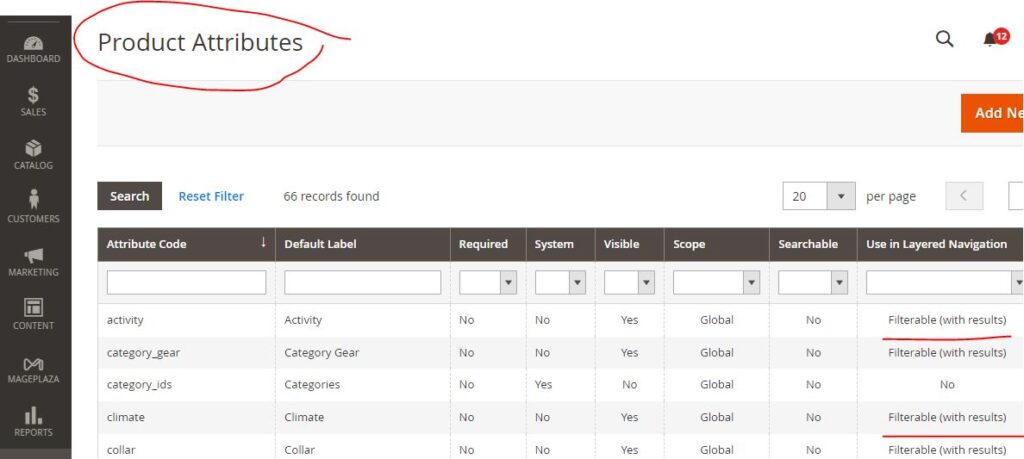
When adding product attributes, be sure to use descriptive and accurate language. You should also limit the number of attributes you use to avoid overwhelming your customers.
2. Product Categorization
Organizing your products into categories and subcategories is an essential aspect of effective product management. Customers should be able to navigate your store easily and find the products they are looking for quickly.
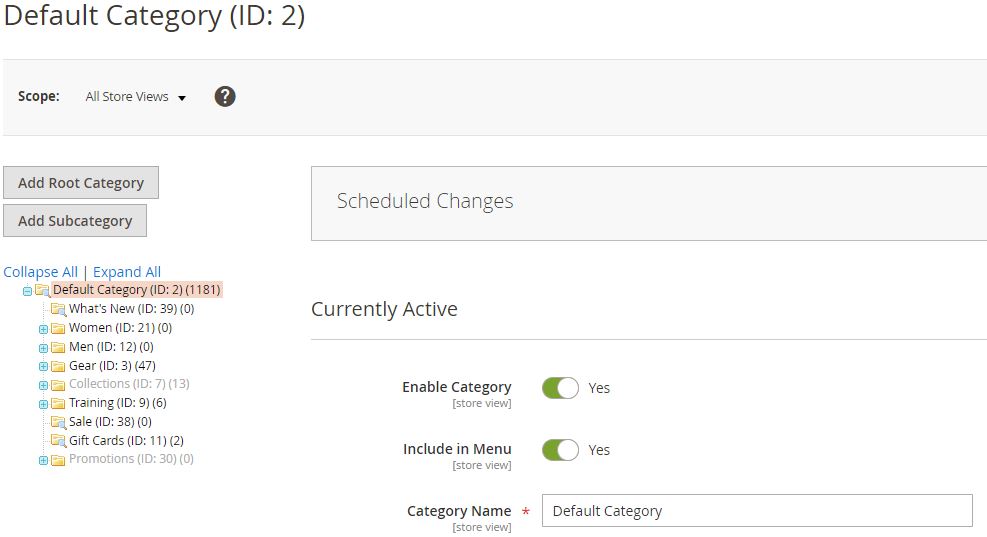
When categorizing your products, use logical and straightforward categories that make sense to your customers. For example, if you sell clothing, you might organize your products into categories such as Men, Women, and Children. You can also use subcategories to further refine your product categories. For example, under the Women category, you might have subcategories such as Dresses, Tops, and Bottoms.
3. Product Bundling
Product bundling is a strategy that can help you increase sales and improve customer satisfaction. Bundling involves grouping several products together and selling them as a package deal. For example, if you sell kitchen appliances, you might bundle a blender, food processor, and mixer together and offer them at a discounted price.
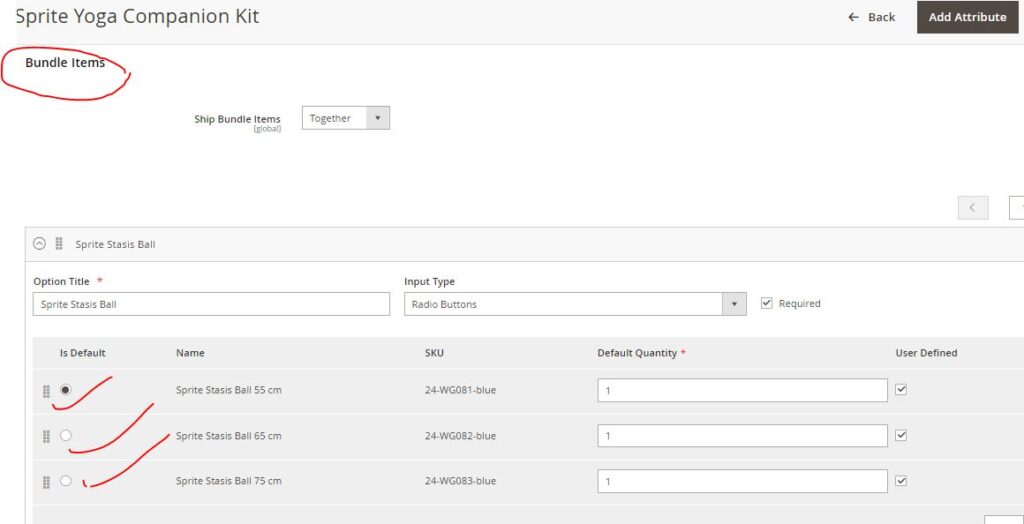
Product bundling can also help you manage your inventory more efficiently. By bundling products, you can move slow-moving products and reduce overstocking of popular products.
4. Product Kits
Product kits are similar to product bundles, but they involve selling a group of products that are meant to be used together. For example, if you sell art supplies, you might create a kit that includes paints, brushes, and canvases.

Product kits can help you offer a more comprehensive shopping experience to your customers. They can also help you move slow-moving products and reduce overstocking of popular products.
5. Magento Product Import/Export
Magento’s product import/export feature allows you to import and export product data in bulk. This can save you time and effort when adding or updating products.
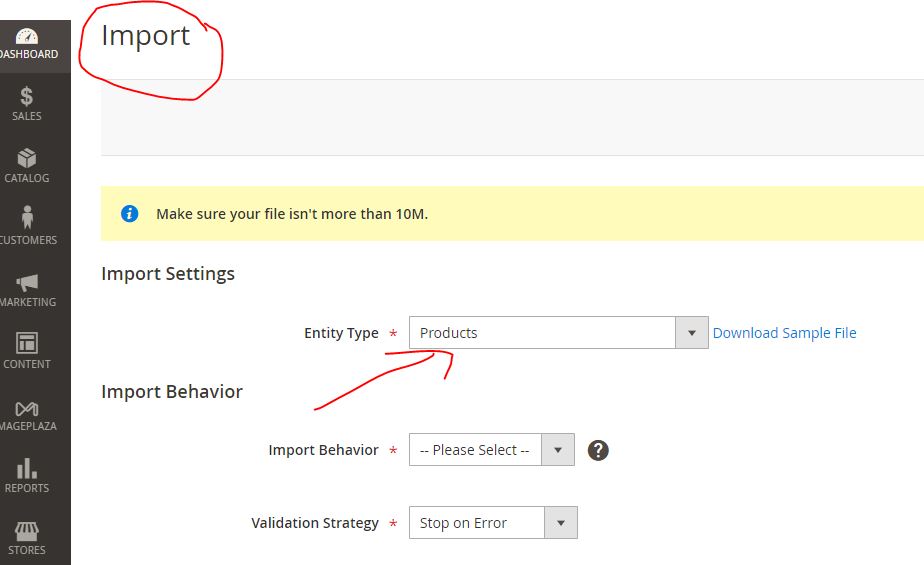
When using the product import/export feature, be sure to follow Magento’s guidelines to ensure that your data is formatted correctly. You should also test your data in a development environment before importing or exporting it to your live store.
6. Product Reviews and Ratings
Encouraging customers to leave product reviews and ratings can help you identify popular products and improve your inventory management. Positive reviews and ratings can also help you increase sales and improve customer satisfaction.

To encourage customers to leave reviews and ratings, consider offering incentives such as discounts or free shipping. After Customers makes a purchase, you can send them a follow-up email asking them to leave a review.
8. Product Organization
Organizing your products in a logical and easy-to-navigate manner is essential to improve the overall shopping experience for your customers. This involves categorizing your products, using product attributes, and offering product bundles and kits.
When organizing your products, consider the needs and preferences of your customers. You should also regularly review and update your product organization to ensure that it remains relevant and effective.
Conclusion
In conclusion, Effective Magento inventory and product management are crucial to the success of your e-commerce business. By following the tips outlined in this article, you can improve the overall shopping experience for your customers, increase sales, reduce costs, and improve customer satisfaction.

